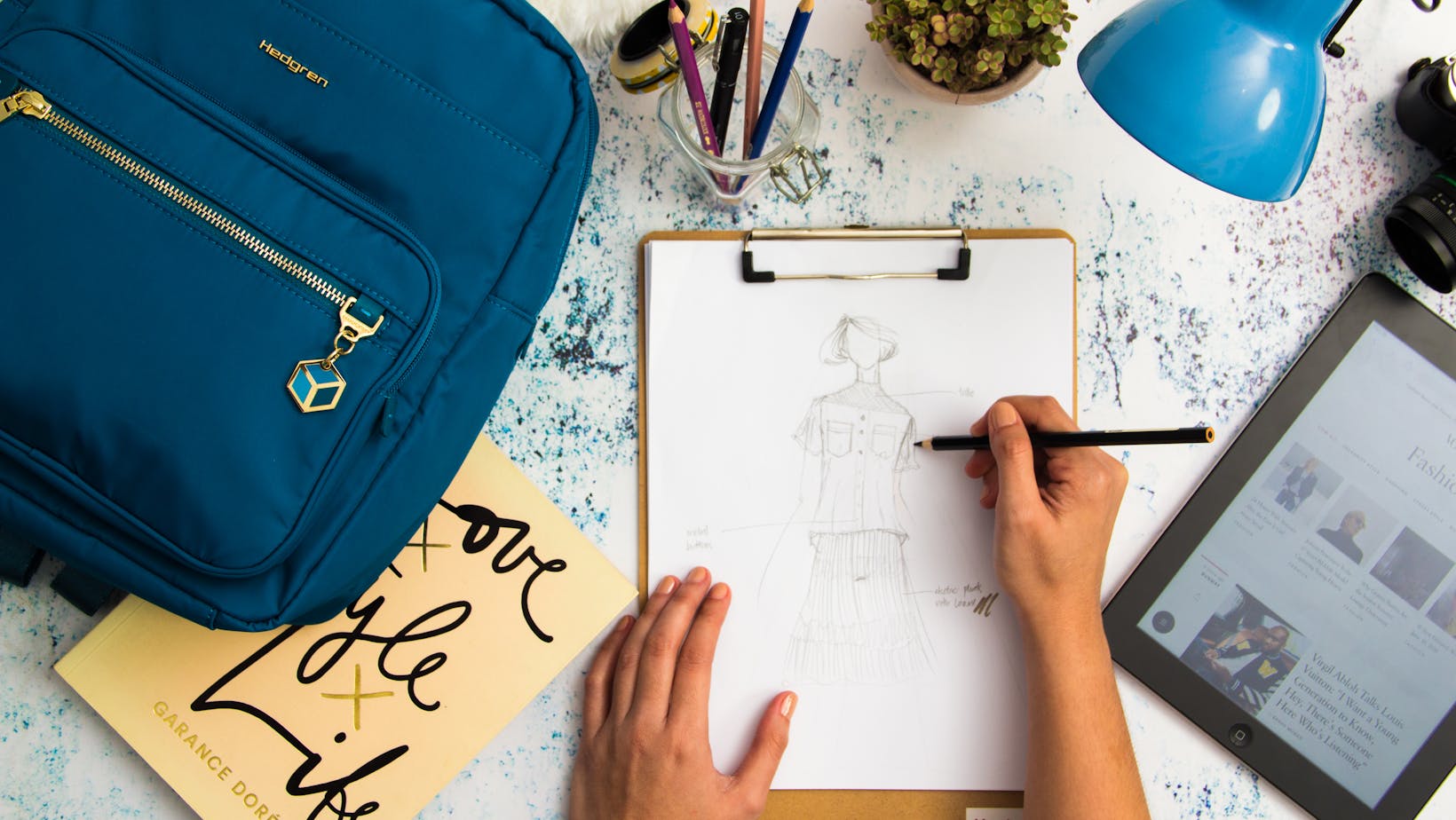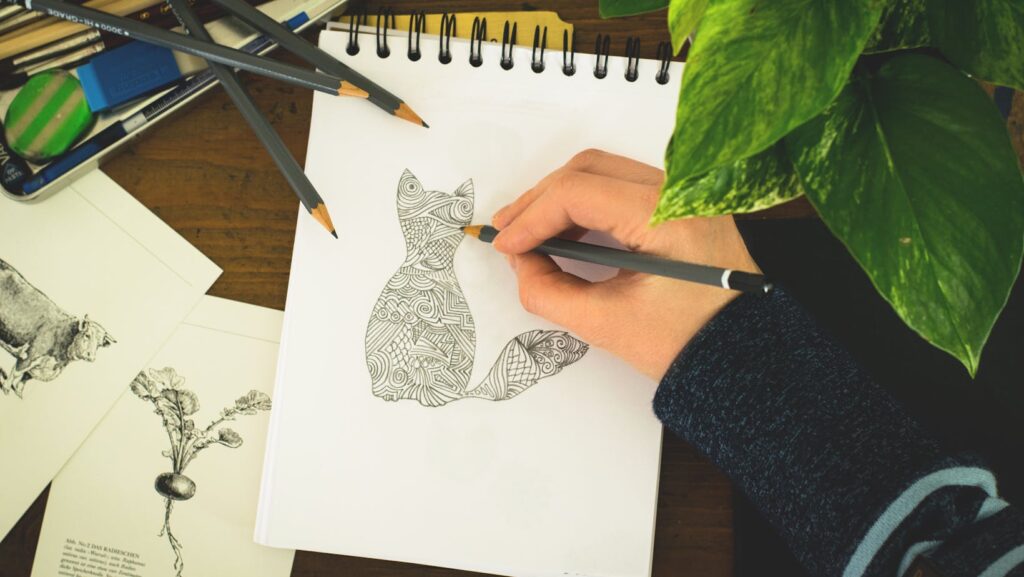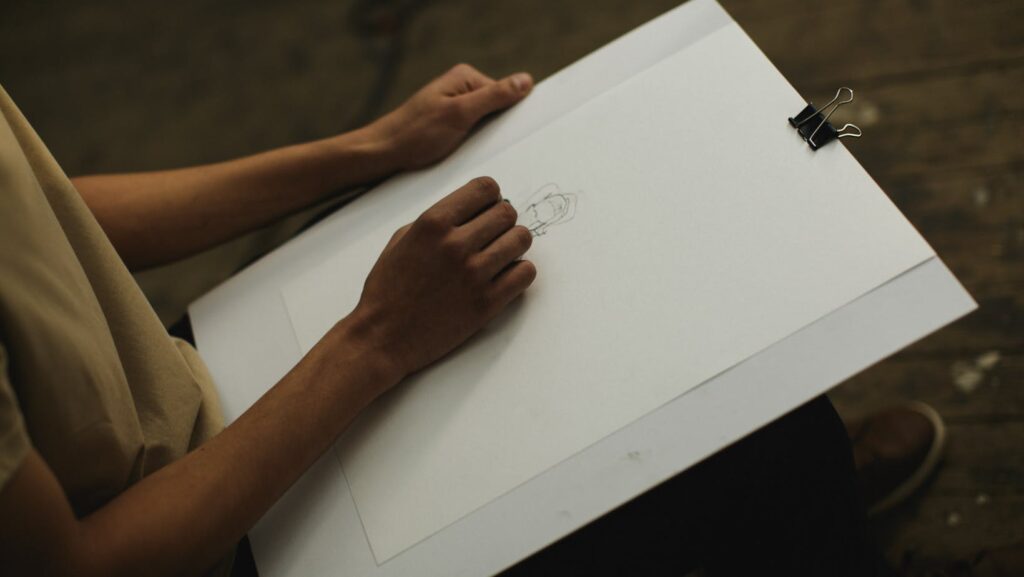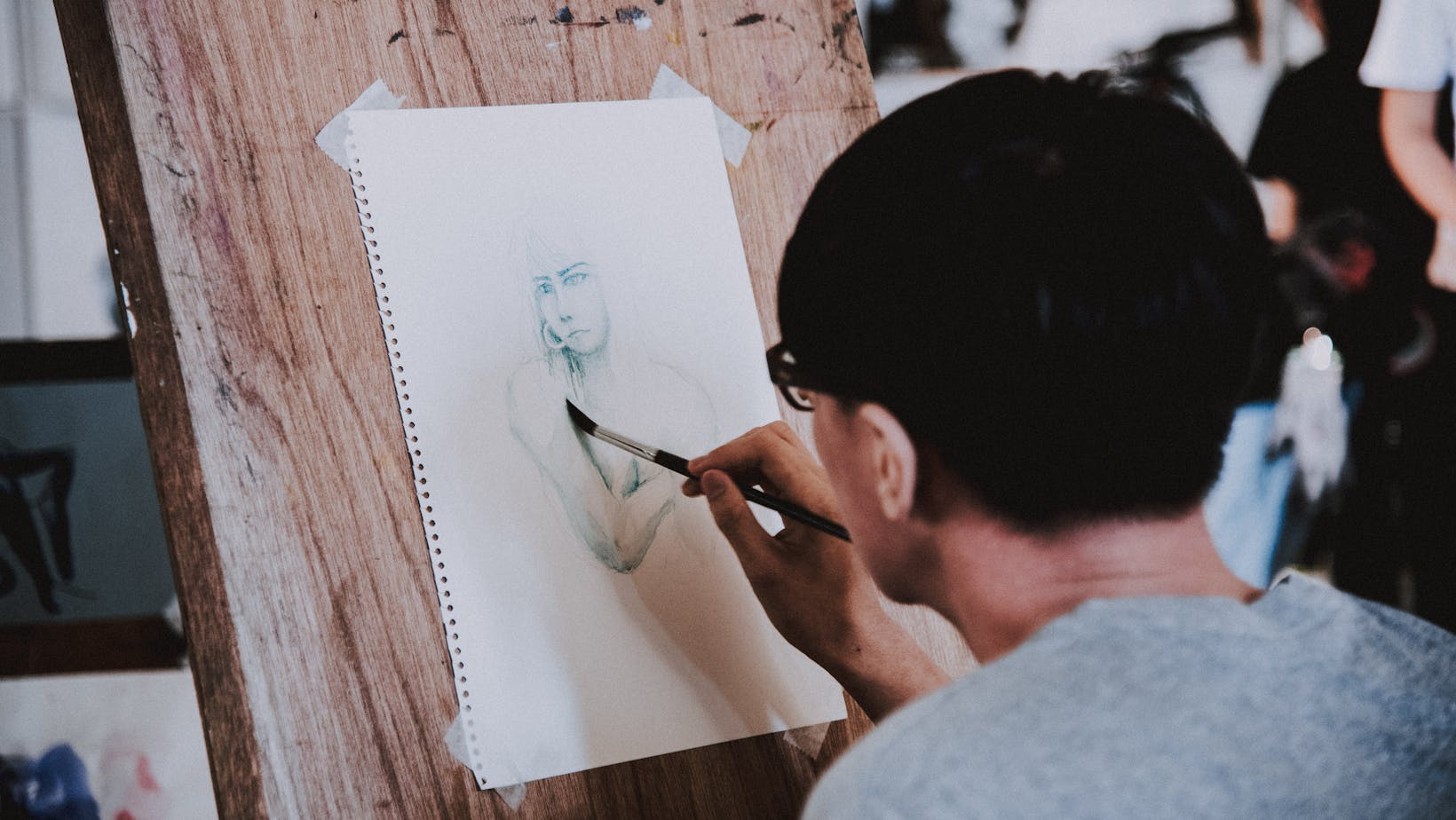Imagine a world where your pencil dances across the page, effortlessly crafting stunning portraits of girls. Whether it’s a whimsical fairy, a strong heroine, or a simple sketch of a girl next door, the ability to draw girls is a game changer many artists aspire to master.
Understanding the Art of Drawing Girls

In deepening your skills in the art of drawing girls, understanding the play of proportion and anatomy is essential. Just like arranging Picasso tiles to create a cohesive picture, mastering these elements requires careful attention to detail. Equally fundamental is the observation of real-life references, which lends authenticity to your artwork.
In the art of drawing girls, proportion and anatomy take center stage. Mastery of both guarantees a lifelike representation of the female form. Anatomy pertains to the structural framework of the human body.
Grasping anatomy, one knows where to place each body part, right from the curve of the waist down to the slenderness of the wrist. For example, the triangle shape often forms the basis of the female figure in drawings, emphasizing the waist and hips.
Techniques to Master for Drawing Girls
Pencil/Shading Techniques
Mastering pencil techniques initiates a journey towards realistic drawings. Examples of these techniques include hatching utilizing parallel lines, cross-hatching by intersecting lines and stippling that involves creating images through points.
However, the critical element lies in the shading of blonde or brown hair, eyes in various shapes, and different styles of clothes. With proper shading, artists produce depth and texture, naturally found in real life. Utilizing these pencil techniques, artists set the stage for a detailed, textured, and layered representation of girls and their features.
Using Pen and Ink to Create Depth and Texture

Creating depth and texture with pen and ink proffers a distinct style to drawings of girls. Harnessing the power of the dot work method, it imitates the stippling technique in pencil drawings. Furthermore, ink wash, akin to watercolor painting, lends softness to images.
Notably, cross-contour lines follow the form of the girl, creating an impression of 3D space. These techniques permit an artist to deliver textures ranging from the coarseness of denim to the fluidity of silk, capturing the essence of their subjects. Artists, therefore, attain an extensive range of depth and texture by exploiting the versatility of pen and ink.
Expressing Individuality in Your Drawings
Drawing Hair for Different Personalities
Hair, in essence, forms a critical part of a person’s identity. It mirrors different emotions, styles, and attitudes, making it an essential feature in expressing individuality. For instance, long, flowing hair may indicate a free-spirited personality, while a playful bob could symbolize a fun-loving character. Artists might opt for more intricate hairstyles, like braids or high buns, to portray a creative or unique personality.
To enhance the hair-drawing process, apply the previously discussed pencil techniques. Hatching, cross-hatching, and stippling help communicate the texture, depth, and volume of the hair. In contrast, the use of pen, ink methods, and dot work can animate the dark areas and details of different hairstyles.
Capturing Emotion in the Eyes and Facial Expressions

Eyes often bear the title of ‘windows to the soul,’ and rightfully so. They express an array of emotions, revealing hints about a girl’s individuality and current mental state. For example, wide, bright eyes often resemble innocence and curiosity, while slight squints may denote suspicion or scrutiny.
Facial expressions, too, play vital roles in communicating emotions and individuality. A slight tilt of the mouth may indicate amusement, whereas a scrunched brow could display contemplation or concern. Incorporating such minuscule yet powerful details into your drawings can greatly enhance the perceived individuality, making each drawing unique and true to life.
Creative Drawings
Mastering the art of drawing girls isn’t just about getting the proportions right or perfecting anatomy. It’s about capturing the essence of individuality and personality. Techniques such as hatching, cross-hatching, and stippling play pivotal roles in achieving depth and texture in your artwork. Yet, it’s the subtle details in hair and facial expressions that truly bring your drawings to life.

